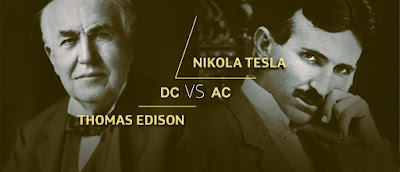Kip Thorne
Kip Thorne, born June 1, 1940, is an American theoretical physicist best recognized for his contributions to gravitational physics and astrophysics. He is most known for his theoretical predictions and analyses of black holes and gravitational waves. Thorne acquired his Bachelor of Science degree in 1962 from the California Institute of Technology (Caltech) and his Ph.D. in 1965 from Princeton University. He subsequently returned to Caltech, where he became a theoretical physics professor and stayed for the rest of his academic career. Thorne's work with fellow physicists Stephen Hawking and Roger Penrose in developing the laws regulating black holes was one of his most significant accomplishments. They collaborated to create the framework of general relativity in order to comprehend the nature and properties of black holes. Their findings demonstrated that black holes had event horizons and may generate thermal radiation, which is now known as Hawking radiation. Thorne has made s...
